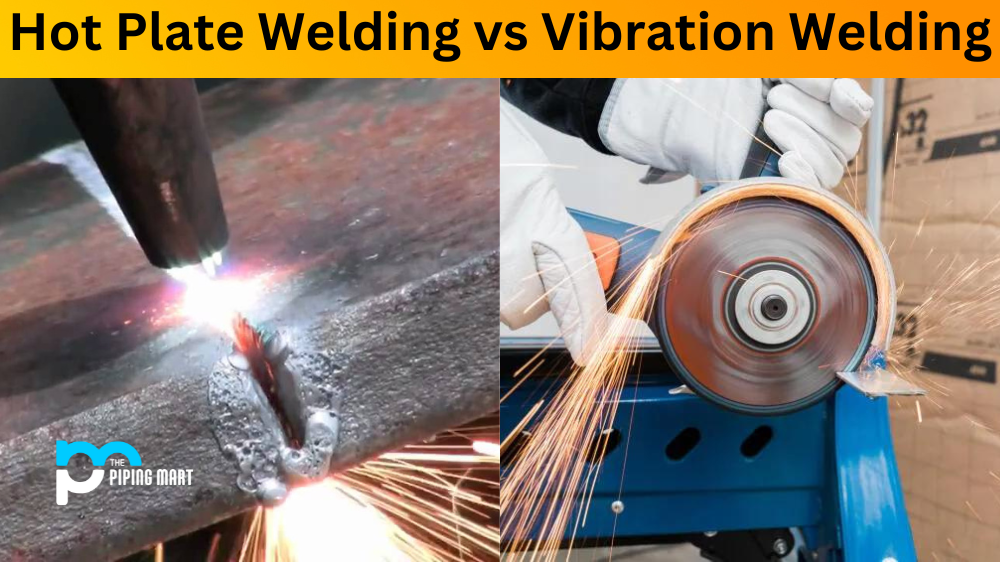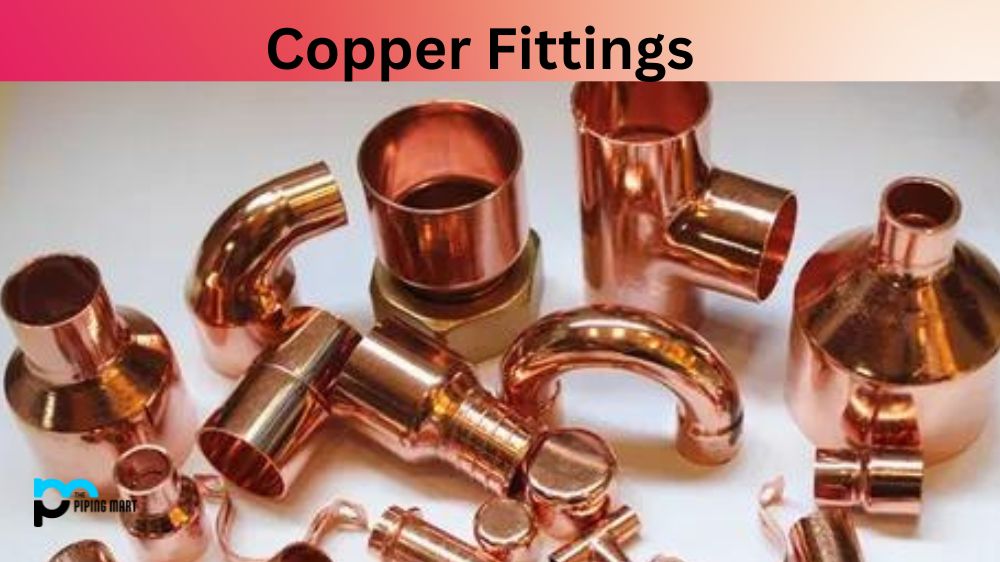During the welding process, the weld is submerged in a slag bath that can provide high levels of protection from contamination. Electro-slag welding (ESW) is an arc welding process that uses electrical current to form an arc between electrodes and then melts the metal being joined together. The molten weld pool is shielded by a slag or flux material, which helps strengthen the joint and prevent contamination. This article will take a closer look at ESW, its advantages and disadvantages, and how it’s used in various industries.
Electro-Slag Welding (ESW) Advantages & Disadvantages
During the welding process, the weld is submerged in a slag bath that can provide high levels of protection from contamination. Electro-slag welding (ESW) is an arc welding process that uses electrical current to form an arc between electrodes and then melts the metal being joined together. The molten weld pool is shielded by a slag or flux material, which helps strengthen the joint and prevent contamination. This article will take a closer look at ESW, its advantages and disadvantages, and how it’s used in various industries.
Advantages of Electro-Slag Welding (ESW):
High-Quality Joints
ESW produces high-quality joints with minimal spatter and minimal distortion. This makes it an ideal choice for precision work where accuracy is paramount, such as aircraft manufacturing or other applications requiring a smooth surface finish.
Improved Productivity
Since ESW produces deep penetration welds quickly, it can be much faster than other welding processes such as GMAW or SMAW. This makes it viable for high-production runs where speed is essential for meeting deadlines.
Low Heat Input
ESW has low heat input compared to other welding processes, meaning less stress on the welded base material. This makes it suitable for materials like cast iron or stainless steel prone to warping when subjected to too much heat during welding operations.
Low Spatter
As previously mentioned, ESW produces very little spatter compared to conventional arc welding processes like MIG or TIG welding. This makes it easier to clean up after the weld is complete and eliminates the need for additional grinding operations, which can add time and cost to the project overall.
Disadvantages of Electro-Slag Welding (ESW):
Cost Intensive Process
Compared to other arc welding processes like MIG or TIG welding, ESW is more expensive due to the need for special equipment such as flux baths and slags that must be purchased separately from regular consumables like electrodes and shielding gases used in conventional arc welding processes.
Limited Thickness Range
While ESW can produce good quality deep penetration welds quickly, its limited thickness range makes it unsuitable for thicker materials such as those encountered in heavy construction or shipbuilding applications where thicker sheets of metal must be joined together securely without any gaps or voids between them due to inadequate penetration during the joining process.
High Initial Setup Costs
Due to its specialized nature, initial setup costs associated with an electro-slag welding station tend to be quite high compared to more traditional arc welding techniques like MIG or TIG welding, which require fewer accessories before they can be put into operation successfully.
Limited Use In Low Voltage Applications
ESW relies heavily on higher voltages than what is typically found in most industrial settings. This limits its use in applications with lower voltage sources.
Conclusion:
Electro-Slag Welding (ESW) has many advantages over conventional arc welding techniques, including higher quality joints with minimal distortion and spatter, improved productivity due to faster deposition rates, low heat input resulting in less stress on base materials, and low spatter levels making clean-up easier after completion. However, these advantages come at a cost since initial setup costs associated with this process are quite high, along with additional expenses related to flux baths and slags necessary for successful operation. Additionally, its limited thickness range means that thicker materials may not benefit from this technique, while its reliance on higher voltages also limits its use in lower voltage applications. However, Electro-Slag Welding may be worth considering despite its drawbacks for professional welders looking for increased efficiency while producing superior results.

Meet Bhavesh, a seasoned blogger with a wealth of knowledge and experience. From metal products manufacturing to retail, Bhavesh has a diverse background in various industries and is dedicated to sharing his insights and expertise with readers.




